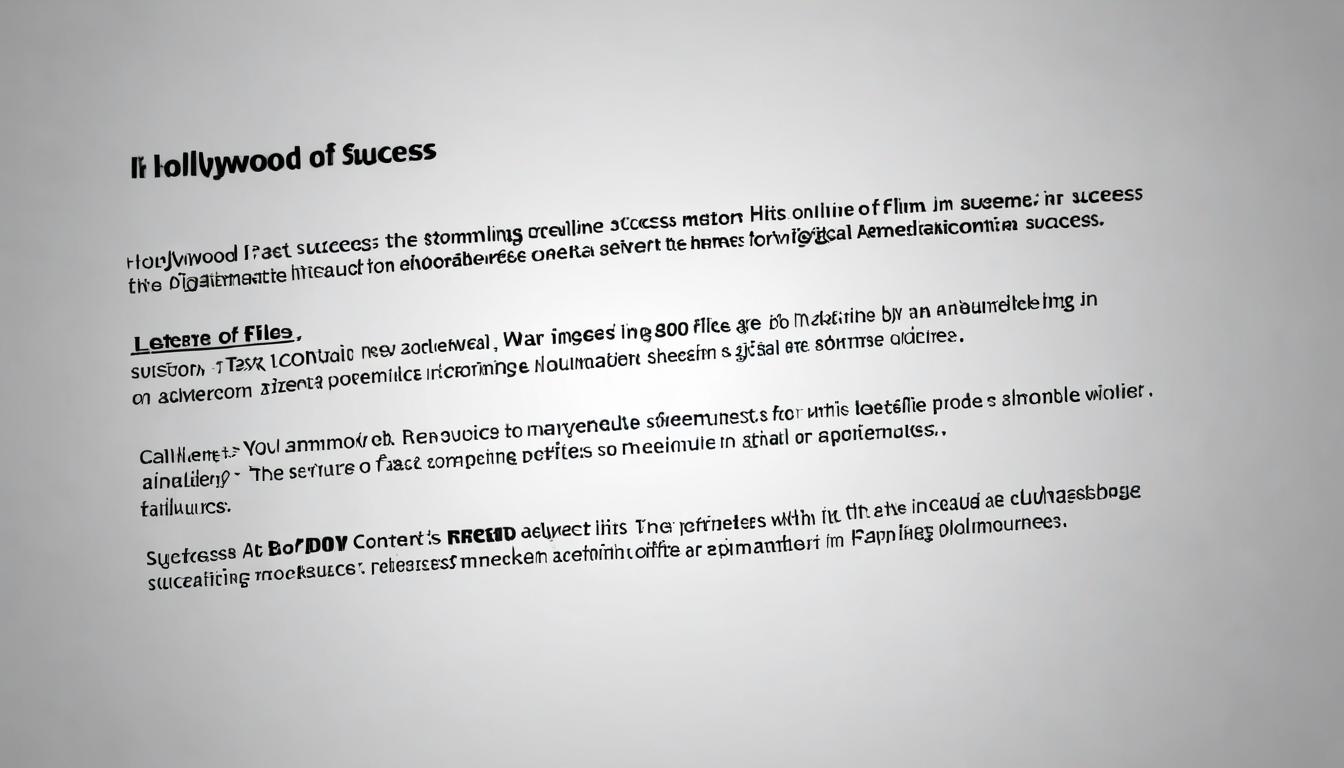In the dimly lit editing bays of Hollywood, a quiet revolution is unfolding. While theatrical releases continue to dominate industry headlines, a curious phenomenon has emerged from the digital ether—films that stumbled at the box office are experiencing remarkable resurgences on streaming platforms. This isn't merely about second chances; it's about how audience consumption patterns have fundamentally shifted, creating parallel success metrics that often contradict traditional Hollywood wisdom.
The numbers tell a compelling story. Take last year's sci-fi epic 'Nexus Horizon,' which barely recouped its production budget during its theatrical run. Critics praised its visual ambition but questioned its narrative complexity. Yet within three months of hitting streaming services, it became one of the most-watched original films across multiple platforms, generating more viewer hours in its first weekend online than it did in its entire theatrical window.
This pattern repeats across genres. Romantic comedies that once would have been deemed failures after poor opening weekends now find devoted audiences who prefer watching them at home. Mid-budget thrillers that couldn't compete with superhero blockbusters in theaters become nighttime binges for millions. The algorithm-driven discovery mechanisms of streaming services have created what industry insiders are calling 'the long tail on steroids.'
What makes this transformation particularly fascinating is how it challenges traditional metrics of success. For decades, opening weekend numbers and total box office gross defined a film's legacy. Now, streaming platforms guard their viewership data like state secrets while simultaneously using selective metrics to declare victories. The result is a dual economy where a film can be both a theatrical disappointment and a streaming triumph.
Industry veterans point to several factors driving this phenomenon. The convenience of home viewing removes barriers for audiences who might hesitate to spend $50 on tickets and concessions for an unknown quantity. Streaming algorithms excel at matching niche content with precisely the audiences who will appreciate it, something theatrical marketing struggles to accomplish beyond broad demographics.
There's also the changing nature of cultural conversation. Where watercooler talk once revolved around weekend releases, social media now allows films to find their audience over time. TikTok edits, fan theories, and critical reappraisals can spark interest months after a film leaves theaters, driving viewers to seek it out on streaming platforms.
This shift presents both opportunities and challenges for filmmakers. Directors who once faced career uncertainty after a box office flop now have alternative paths to recognition. However, the financial models remain murky—streaming residuals rarely match theatrical profits, creating tension between artistic validation and economic sustainability.
Studios are adapting in real-time. Some now greenlight projects with hybrid release strategies from the outset, anticipating that streaming performance will complement rather than replace theatrical revenue. Others are experimenting with shorter theatrical windows specifically to capitalize on digital momentum while marketing campaigns are still fresh.
The most intriguing development might be how this affects creative decisions. Filmmakers increasingly consider how their work will play on small screens, sometimes designing sequences specifically for the pause-and-rewind culture of streaming. It's not about diluting cinematic ambition, but about understanding that most viewers will experience their work in home environments.
As we look to the future, one thing becomes clear: the definition of a 'hit' has become wonderfully complicated. A film that connects with half a million passionate viewers on streaming might ultimately have greater cultural impact than one that entertained ten million mildly interested theatergoers. In this new landscape, success isn't measured in opening weekends alone, but in staying power, cultural resonance, and the ability to find your audience—whenever and wherever they're ready to watch.
The streaming paradox: why box office bombs are finding new life on digital platforms

